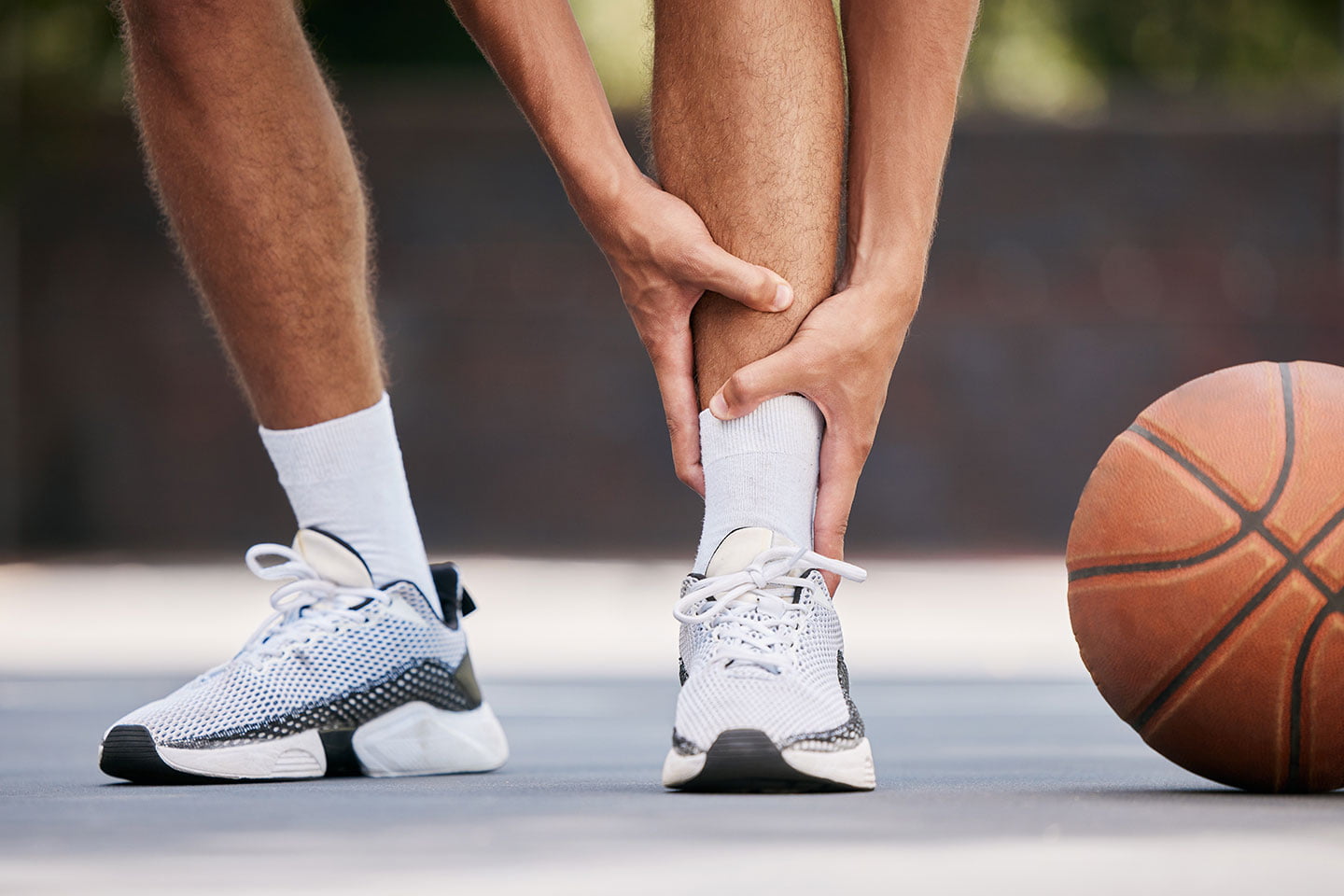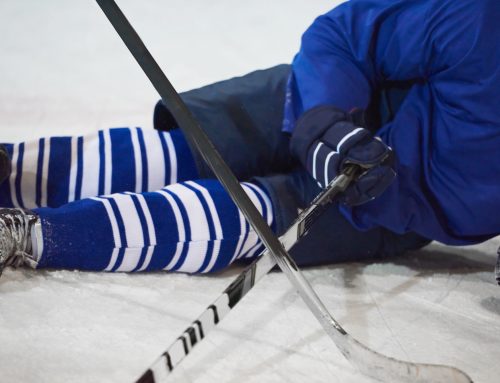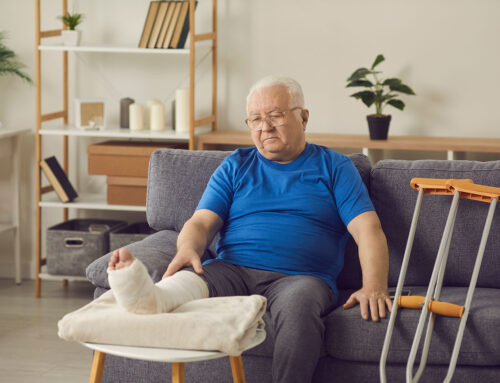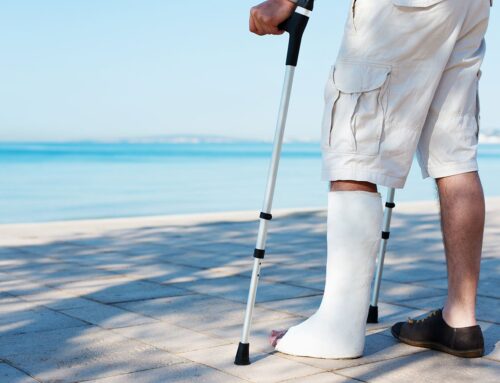It’s game time, and you’re out there doing what you love – playing sports, staying active, and maintaining a healthy lifestyle. But sometimes, the unexpected happens: a fall, a twist, or a collision, and suddenly you find yourself dealing with a sports-related fracture. Don’t worry; we’ve got you covered! In this article, we’ll delve into the world of common sports-related fractures, how they occur, and the most effective ways to treat them.

An Overview of Sports-Related Fractures
Sports-related fractures can happen to anyone, from weekend warriors to professional athletes. These injuries typically result from direct trauma, such as a collision or fall, or from repetitive stress on the bones. Some of the most common sports-related fractures include:
- Wrist Fractures
- Ankle Fractures
- Clavicle (Collarbone) Fractures
- Tibia (Shinbone) Fractures
- Stress Fractures
Let’s dive deeper into how you can treat each fracture when they occur.
Wrist Fractures
Wrist fractures are one of the most common types of sports-related fractures, often resulting from a fall onto an outstretched hand. This type of injury is prevalent in sports such as skateboarding, snowboarding, and gymnastics.
Treatment: After a wrist fracture, you'll likely need a splint or cast to immobilize the injured area and allow the bone to heal. Depending on the severity of the fracture, surgery may be required to realign the bones and insert pins, plates, or screws for stabilization. Physical therapy can help restore strength and mobility once the bone has healed.
Ankle Fractures
Ankle fractures are another common sports-related injury, frequently caused by twisting or rolling the ankle. Sports like basketball, soccer, and running are particularly prone to these injuries.
Treatment: Treatment for ankle fractures varies depending on the type and severity of the injury. Non-surgical options include wearing a cast or boot to immobilise the ankle and using crutches to avoid putting weight on the injured area. In more severe cases, surgery may be necessary to realign and stabilise the bones. Rehabilitation, including physical therapy, is crucial for restoring strength, flexibility, and balance.
Clavicle (Collarbone) Fractures
Clavicle fractures typically occur from a direct hit to the shoulder or a fall onto an outstretched arm. These injuries are common in contact sports like football and hockey or sports with a high risk of falling, such as cycling or skiing.
Treatment: Most clavicle fractures can be treated non-surgically with a sling or brace to immobilise the arm and allow the bone to heal. However, if the fracture is significantly displaced or involves multiple fragments, surgery may be needed to realign the bone and secure it with plates, screws, or pins. Physical therapy will help regain strength and range of motion once the bone has healed. Take your healing a step further with a low-intensity pulsed ultrasound device, proven to heal fractures 38% faster.
Tibia (Shinbone) Fractures
The tibia is the larger of the two bones in the lower leg, and fractures can result from direct trauma, such as a collision, or from repetitive stress. Sports like soccer, basketball, and running are common culprits.
Treatment: Treatment for tibia fractures depends on the location and severity of the injury. A cast or brace may be used to immobilize the leg and promote healing for less severe fractures. In more complex cases, surgery may be required to realign the bone and insert hardware for stabilization. Physical therapy is essential to regain strength, mobility, and function post-surgery.
Stress Fractures
Stress fractures are tiny cracks in the bone caused by repetitive force or overuse. They are common in athletes who participate in high-impact sports like running, basketball, and gymnastics. Stress fractures often occur in the lower leg and foot bones.
Treatment: The primary treatment for stress fractures is rest. Taking a break from the activity that caused the injury is essential for recovery. In some cases, a protective boot or brace may be recommended to help immobilize the affected area. Gradually reintroducing activity and cross-training can help prevent stress fractures from recurring. In rare cases, surgery may be necessary if the stress fracture doesn't heal with conservative treatment.
Prevention Tips for Sports-Related Fractures
While you can't entirely eliminate the risk of sustaining a sports-related fracture, you can take steps to reduce the likelihood of an injury:
- Warm up and stretch before participating in sports or physical activities.
- Use proper equipment and gear, such as helmets, pads, and supportive footwear.
- Gradually increase the intensity and duration of your training to avoid overloading your bones and muscles.
- Incorporate cross-training into your routine to reduce the repetitive stress on specific body parts.
- Maintain a balanced diet with sufficient calcium and vitamin D to support bone health.
Recovering from a sports-related fracture takes time, patience, and dedication. It's essential to follow your healthcare provider's advice and adhere to any restrictions they set. Be sure to attend all your physical therapy sessions, as this will help you regain strength, flexibility, and function in the injured area. Gradually reintroducing physical activity and listening to your body's signals will help ensure a safe and triumphant return to the sports you love.
Sports-related fractures are an unfortunate reality for many athletes, but understanding the types of fractures and their treatments can help you navigate the recovery process. By taking preventive measures and following your healthcare provider's guidance, you can minimize the risk of injury and bounce back stronger than ever. Take your healing a step further with a low-intensity pulsed ultrasound device, proven to heal fractures 38% faster.
Now that you're armed with this knowledge, you can confidently tackle the world of sports and physical activity, knowing you're well-prepared to handle any bumps or breaks along the way. Contact Fracture Healing if you’ve suffered from an injury and want to return to normal faster than traditional treatment methods.
Have you ever suffered from a fracture while playing sports? What was the recovery process? Share your experience with our readers in the comments below.





